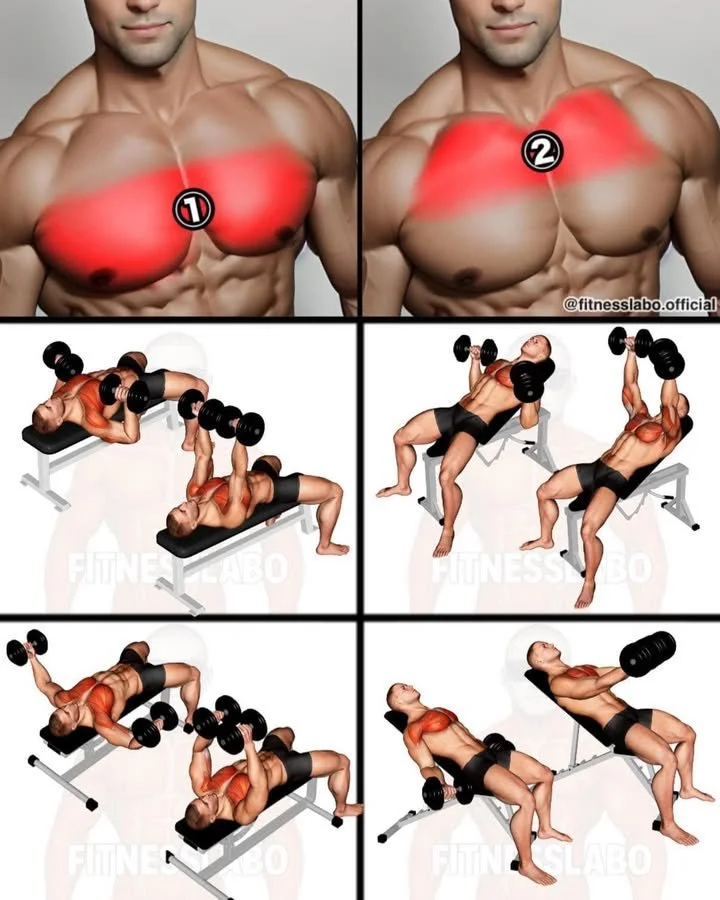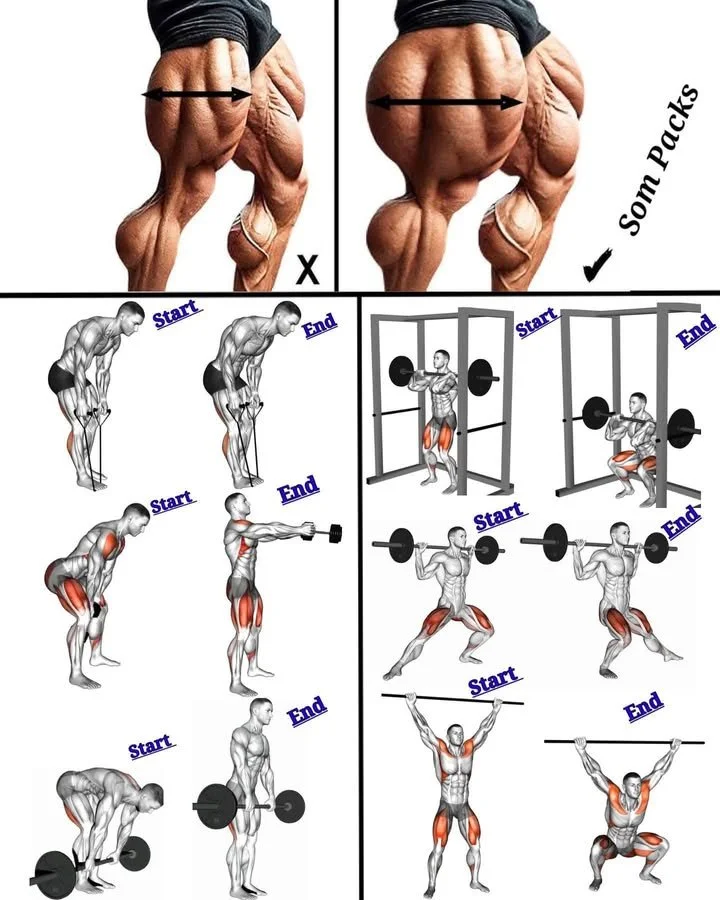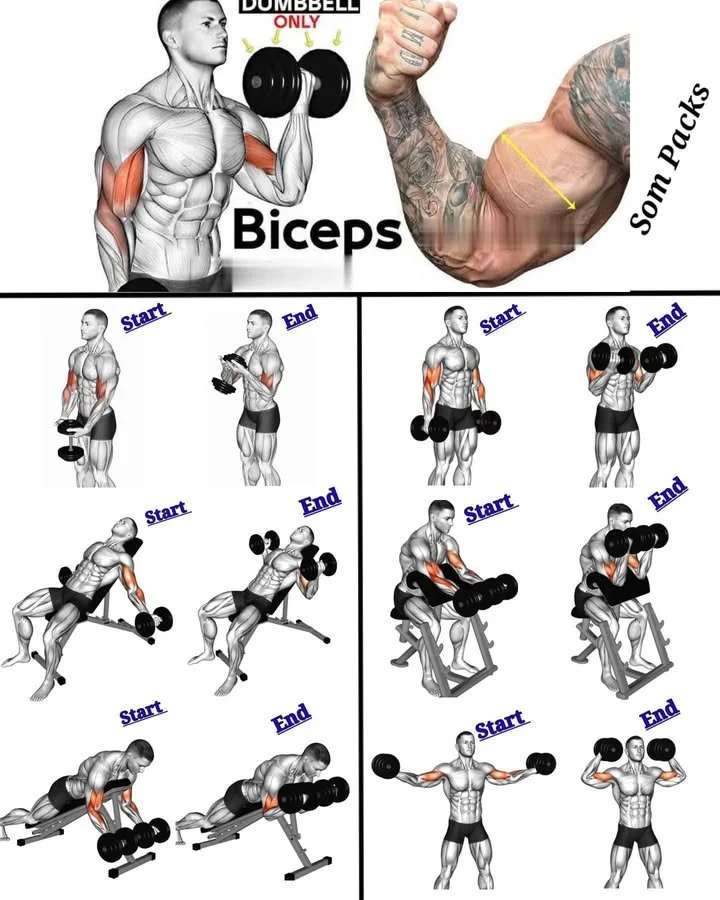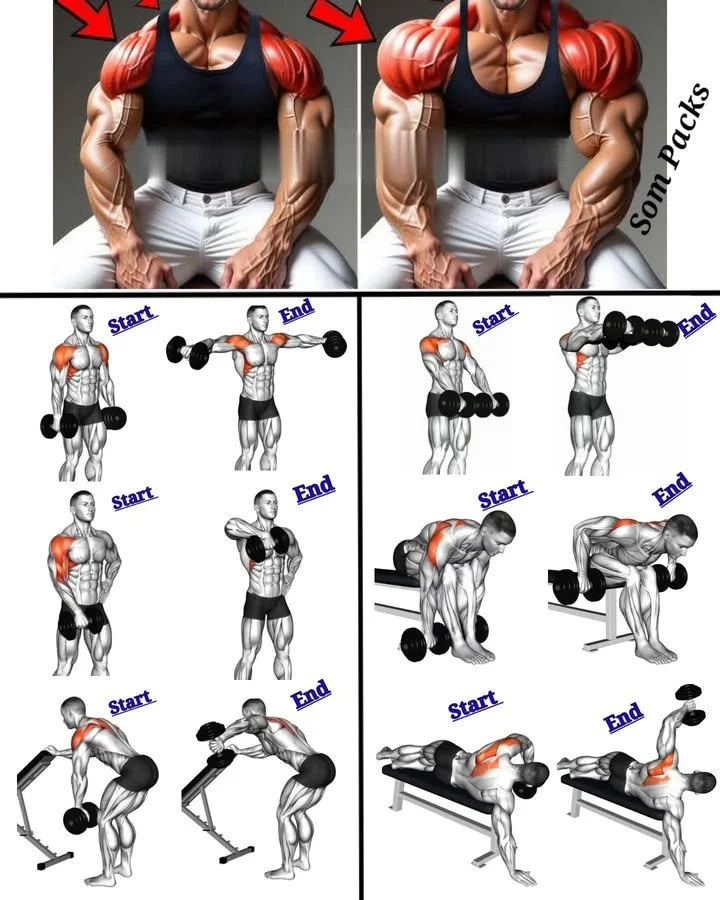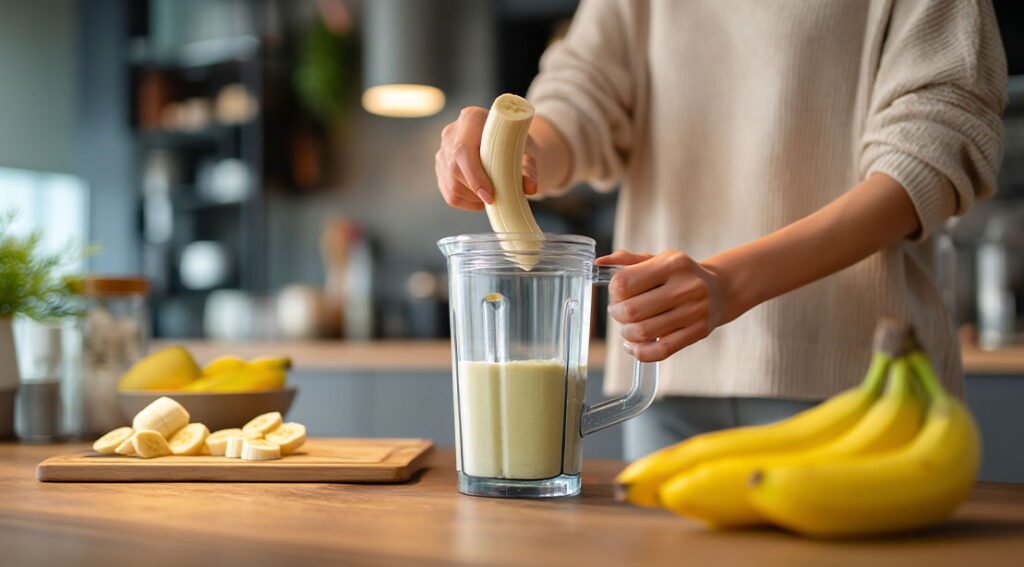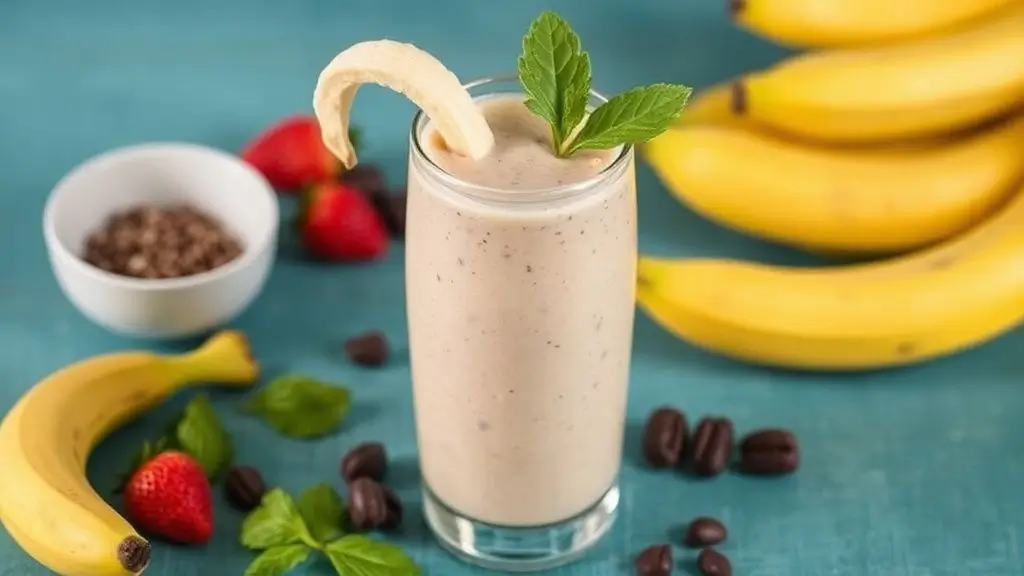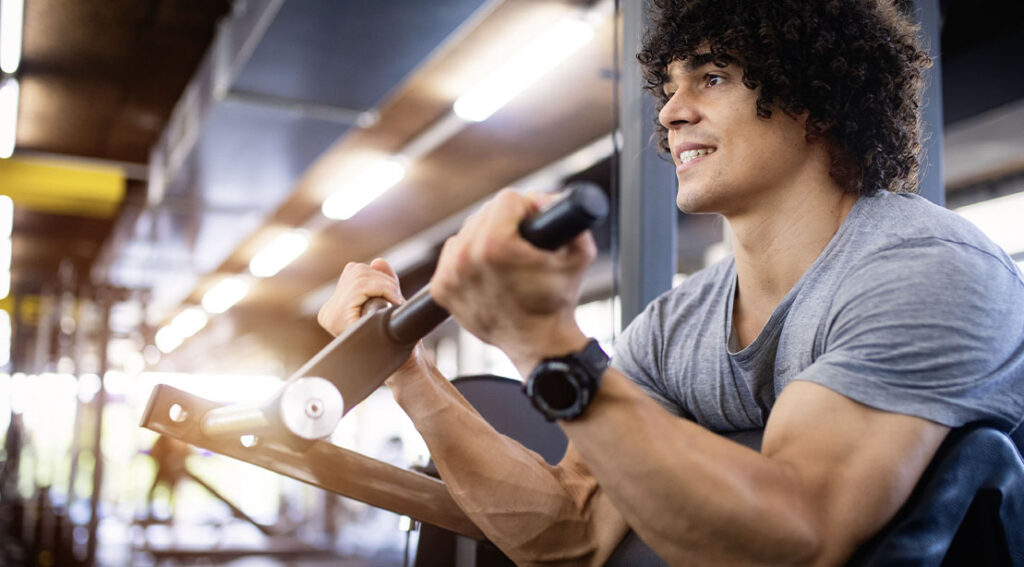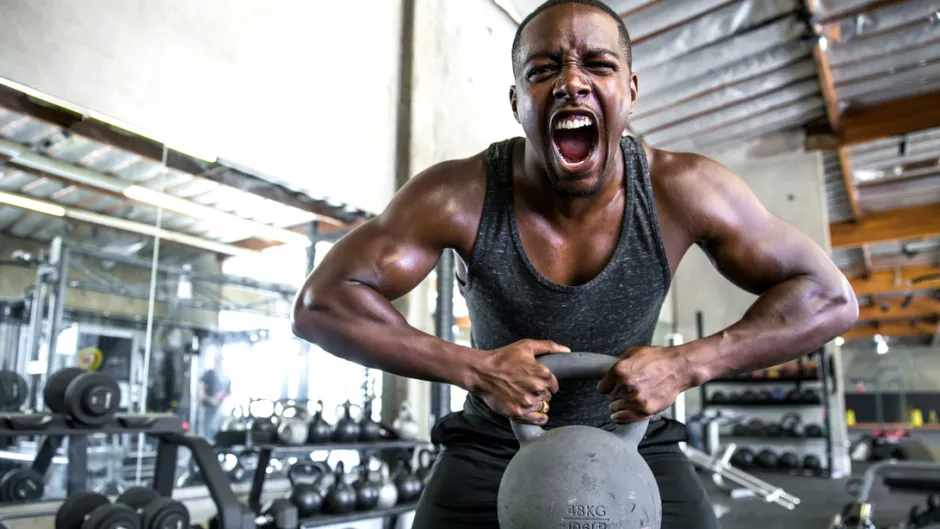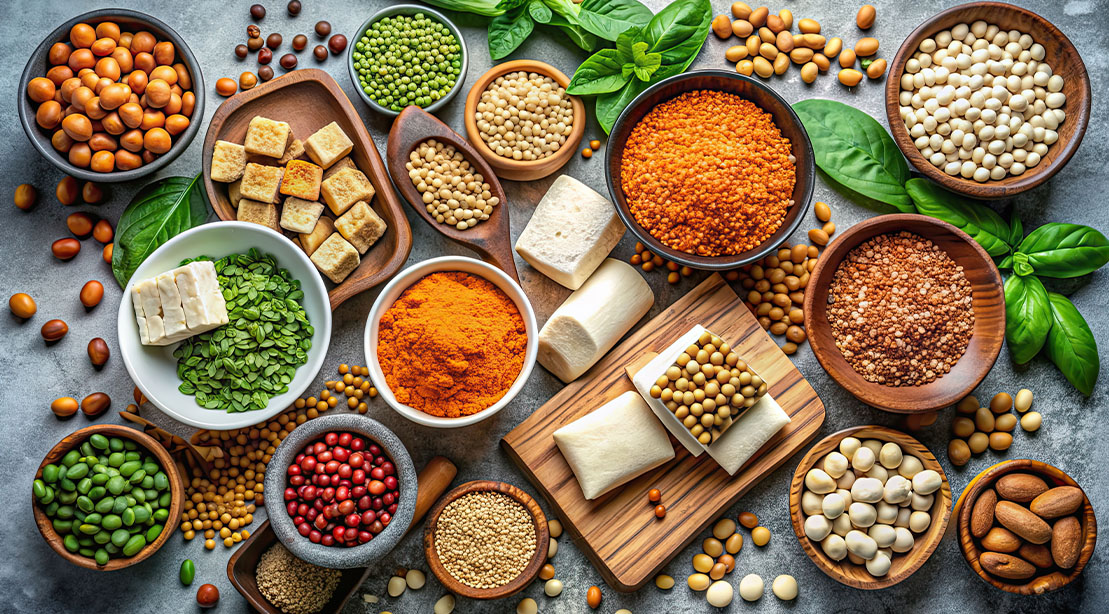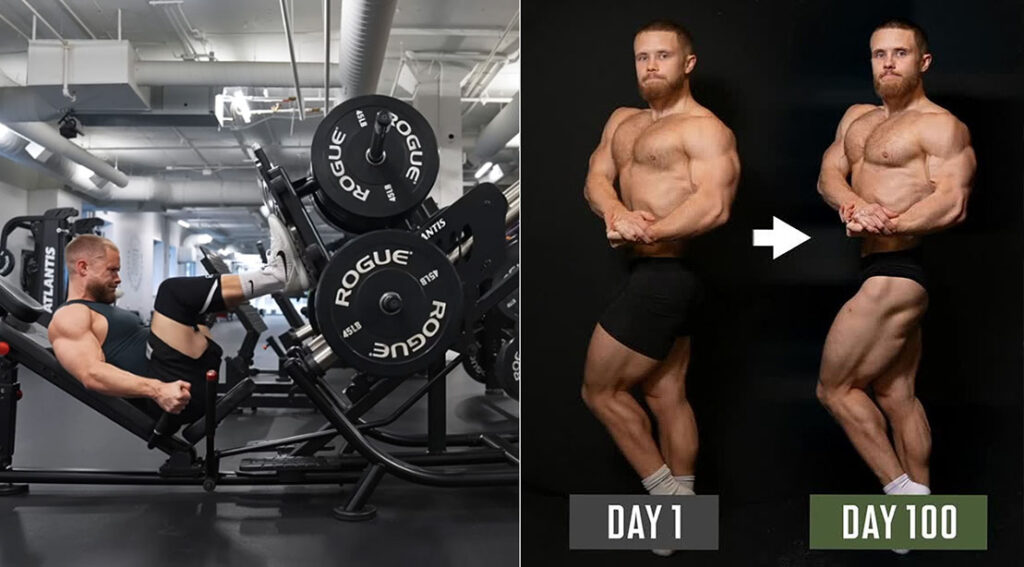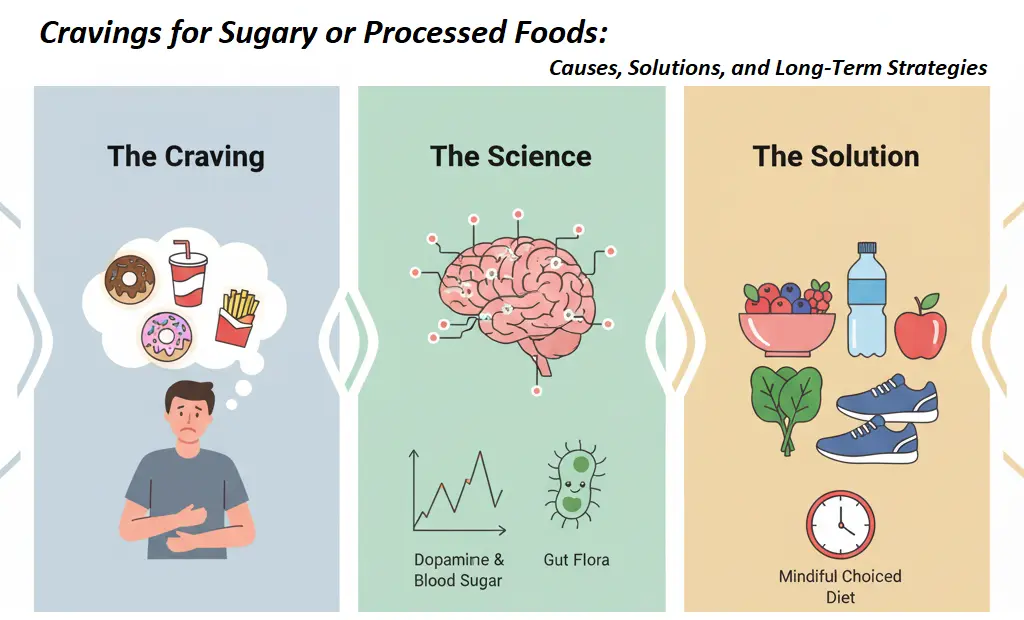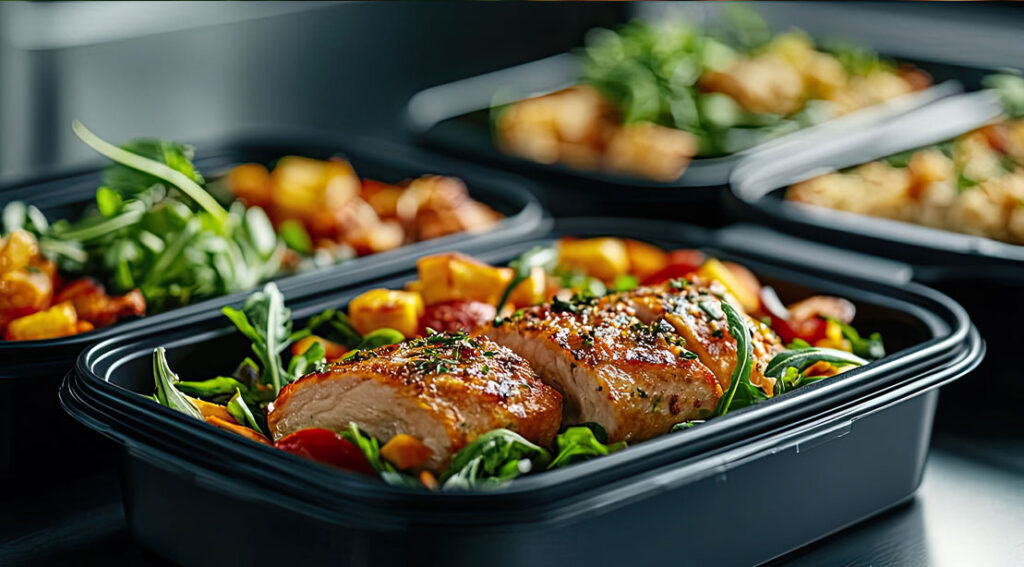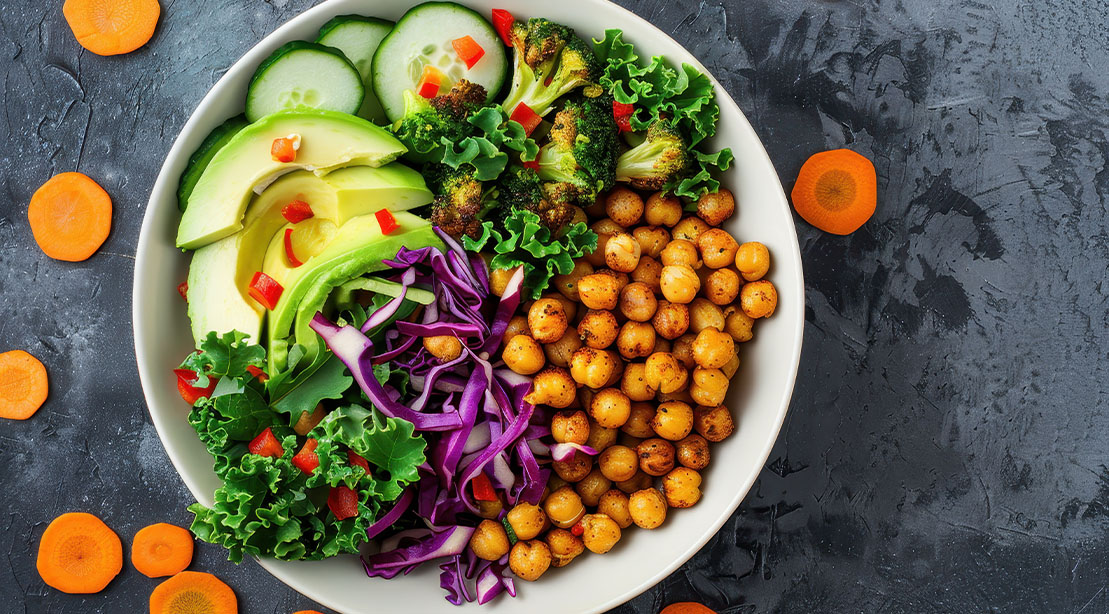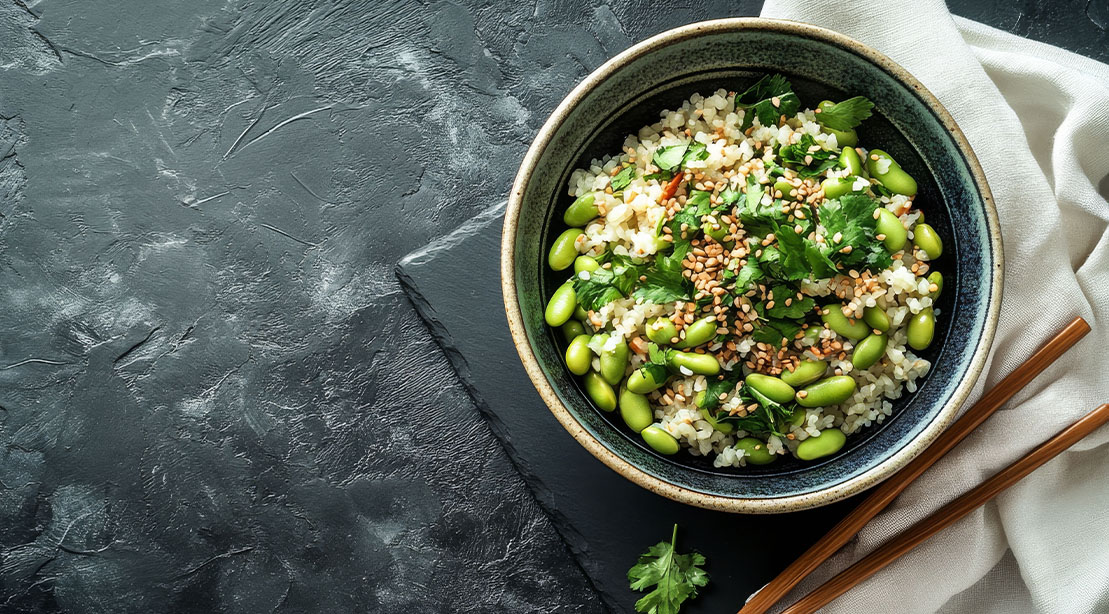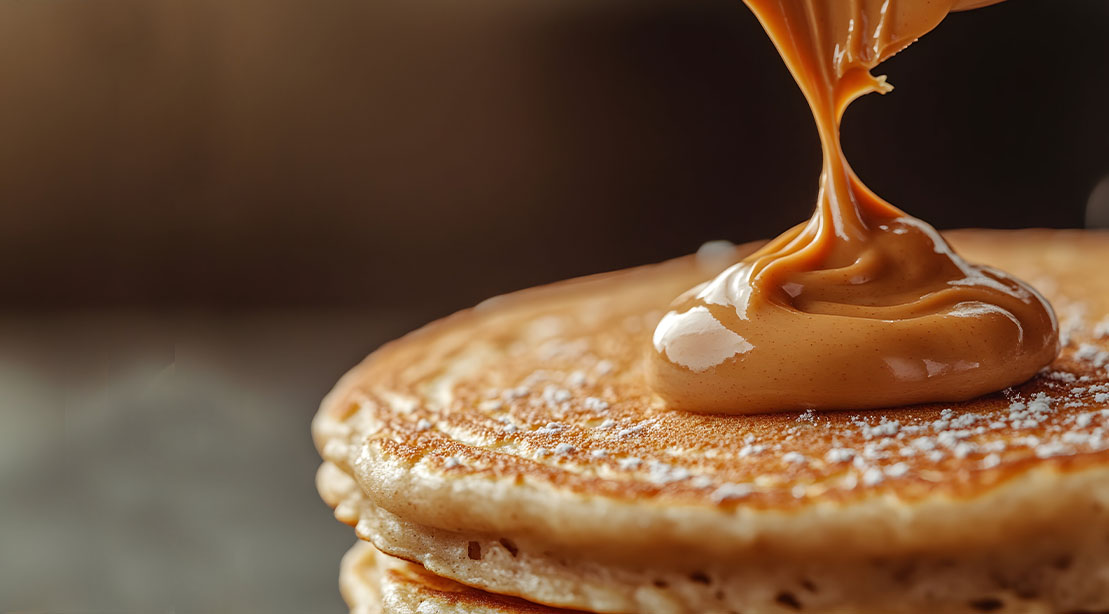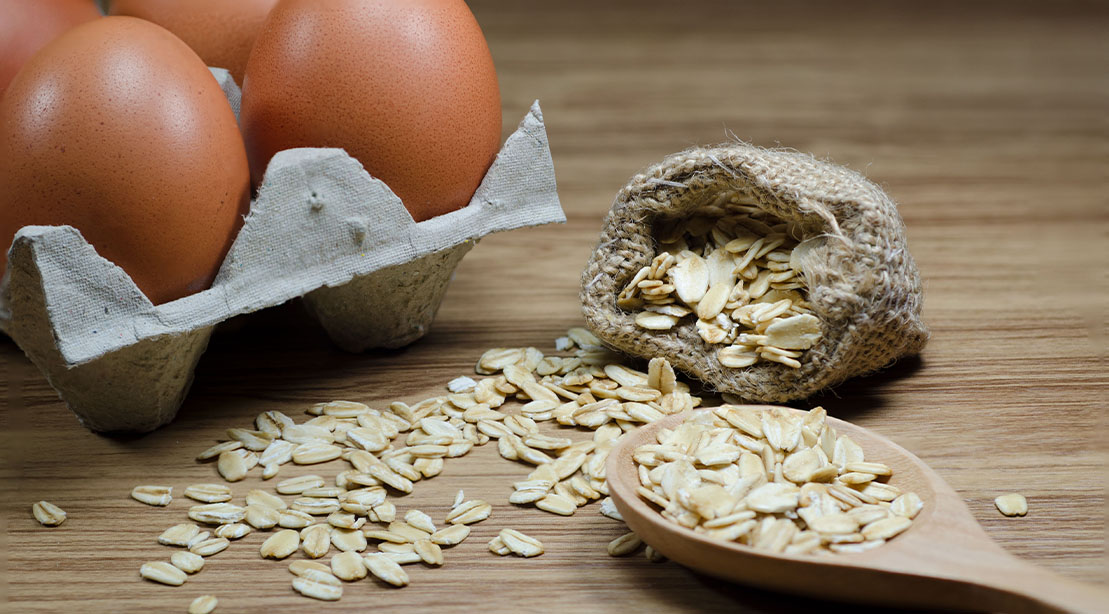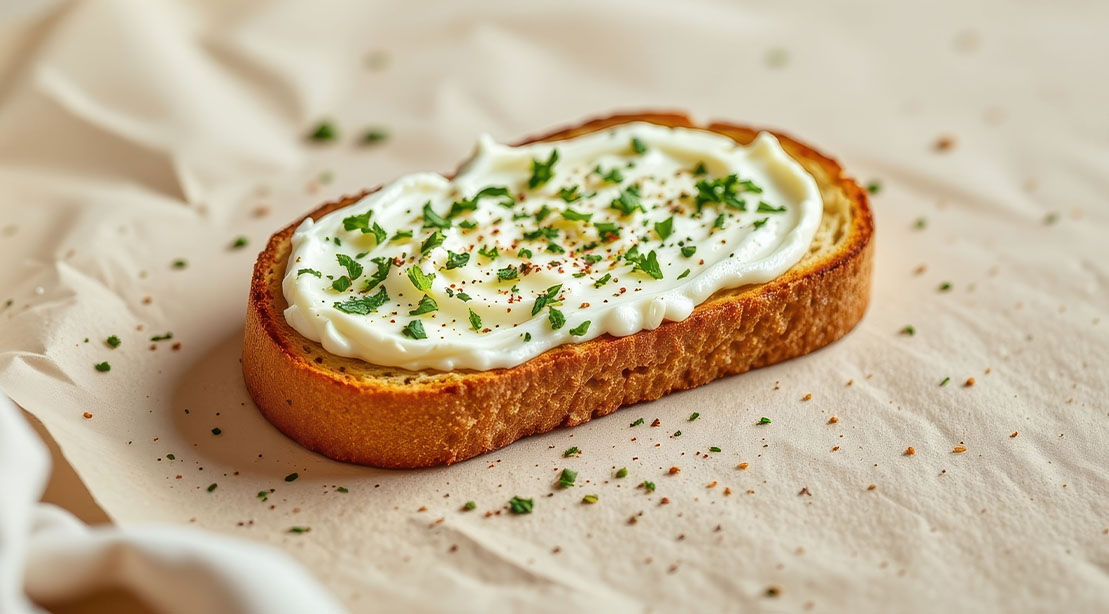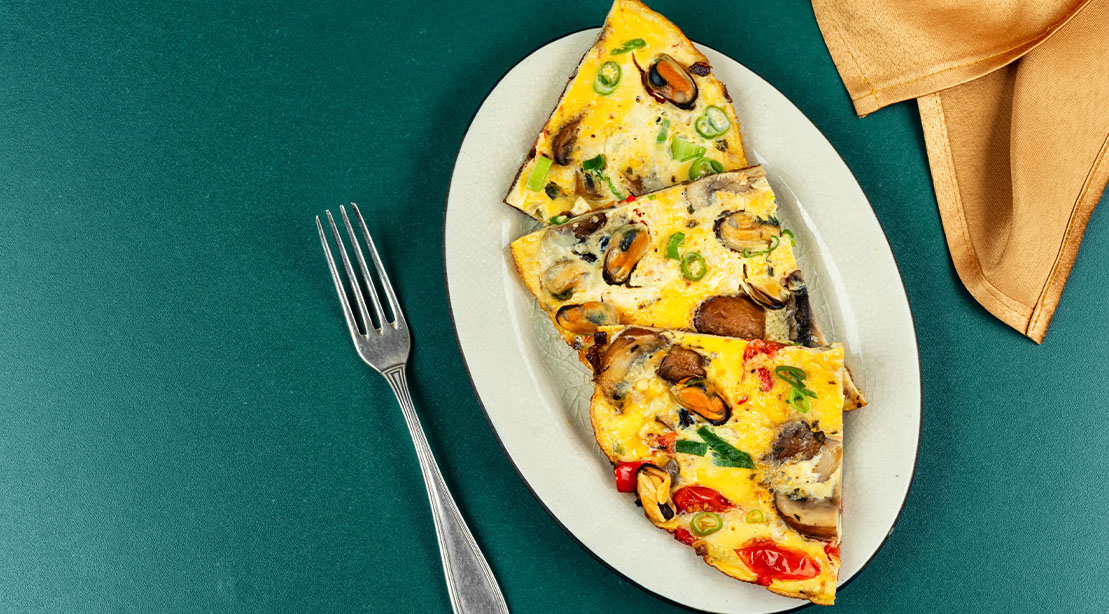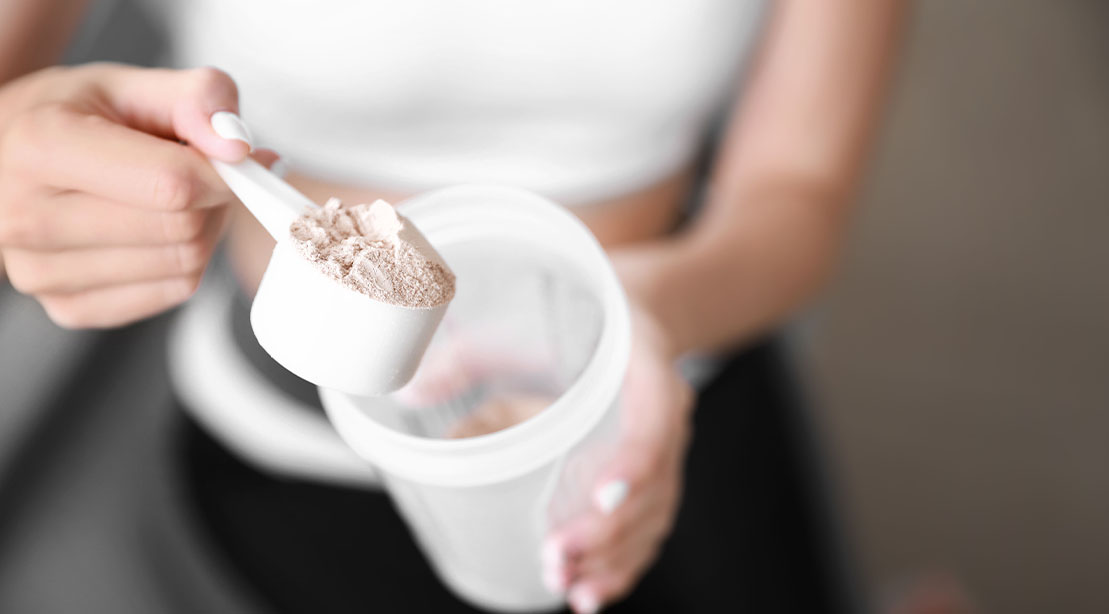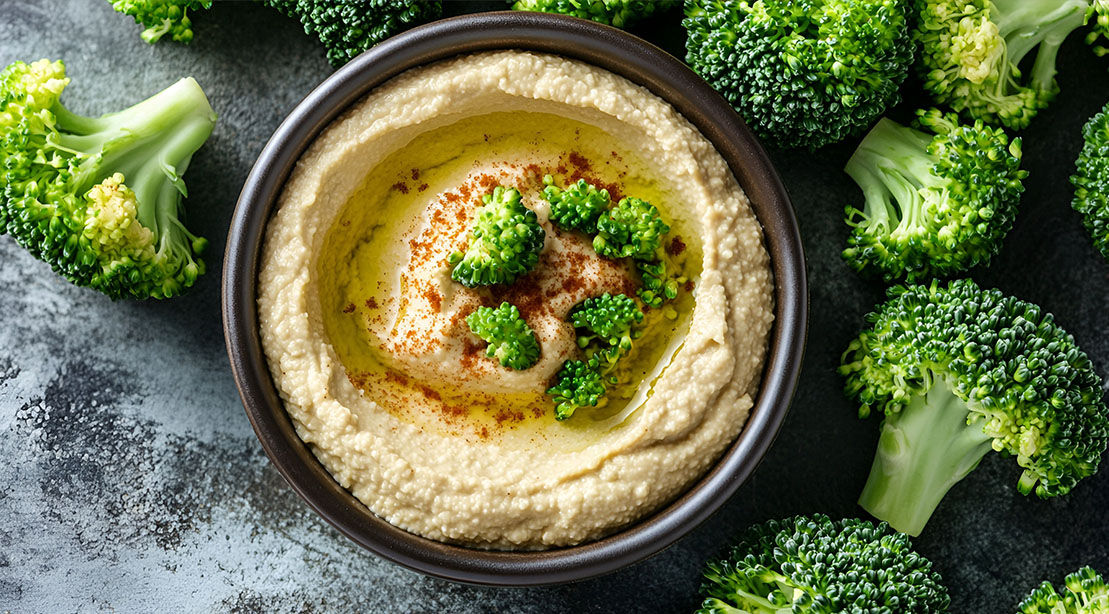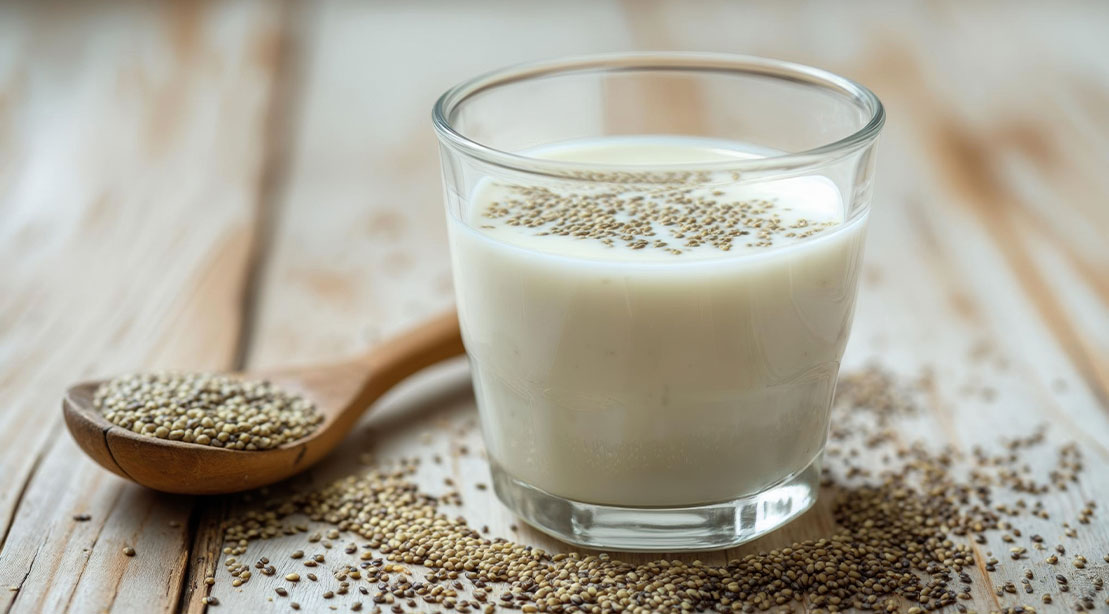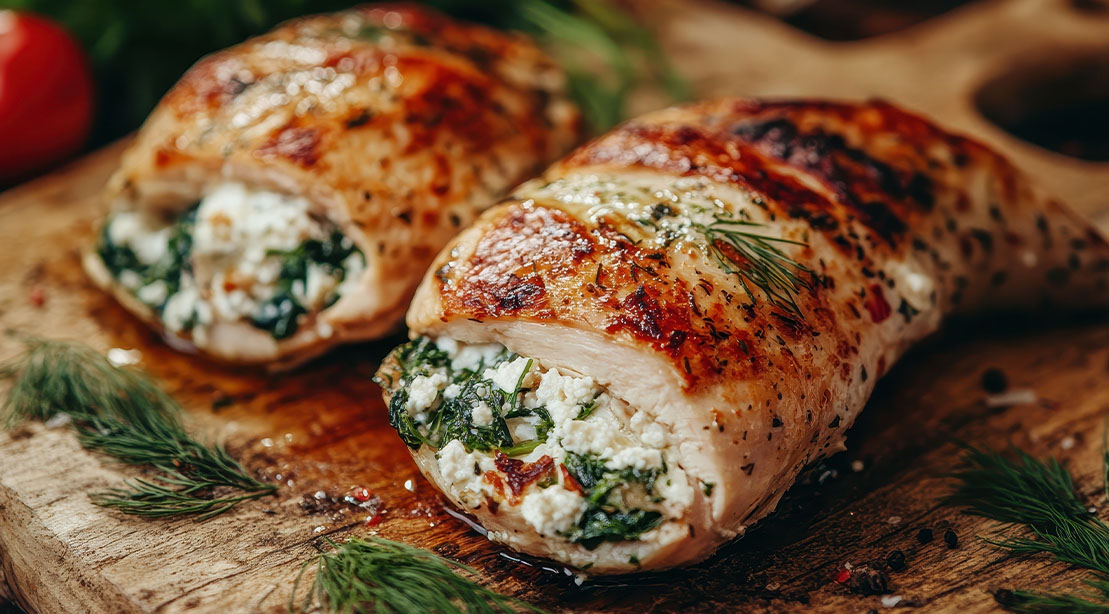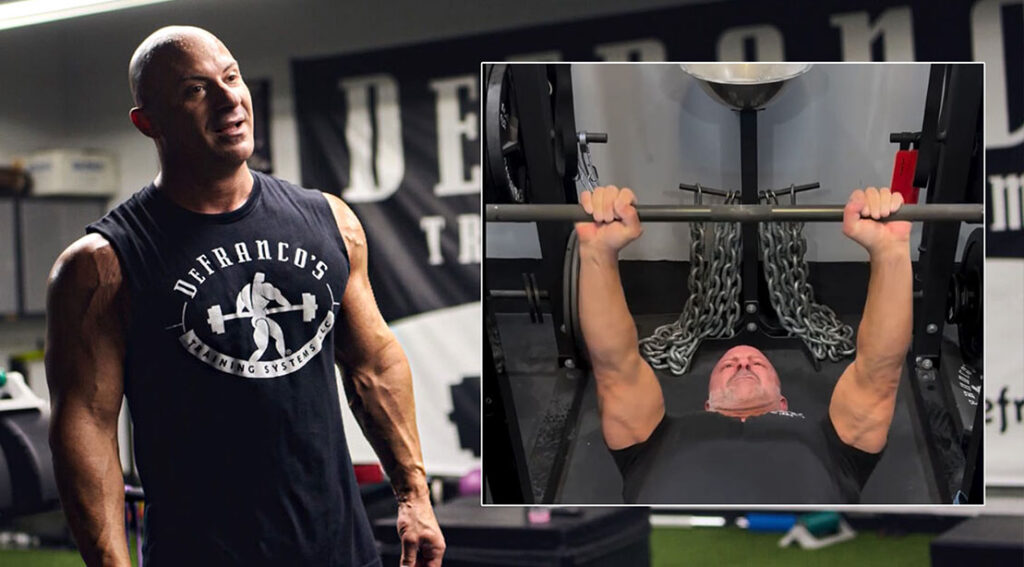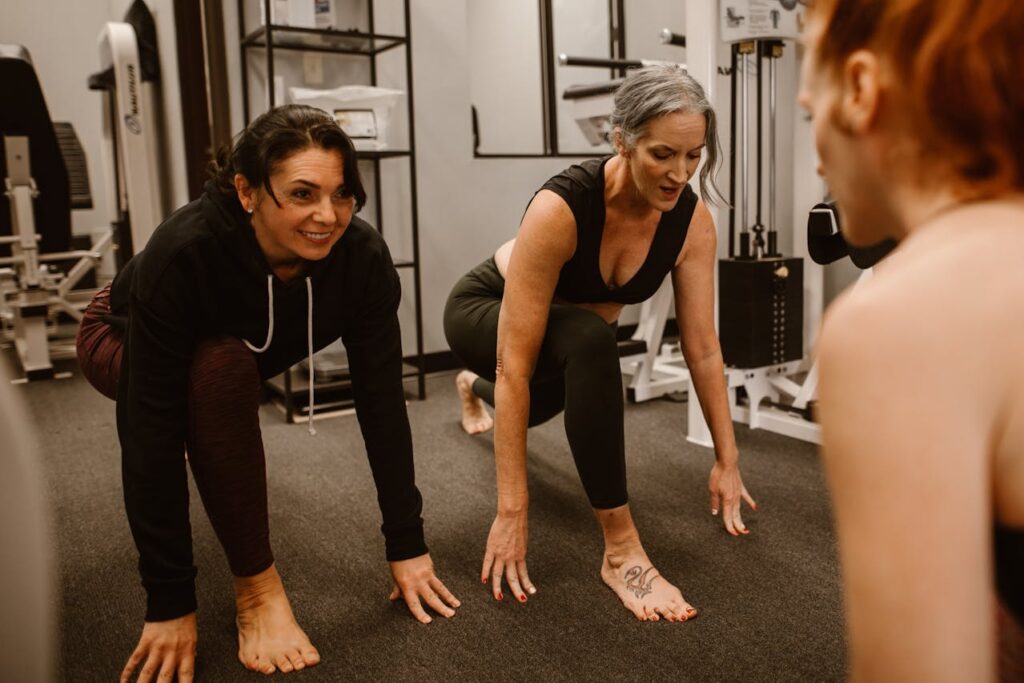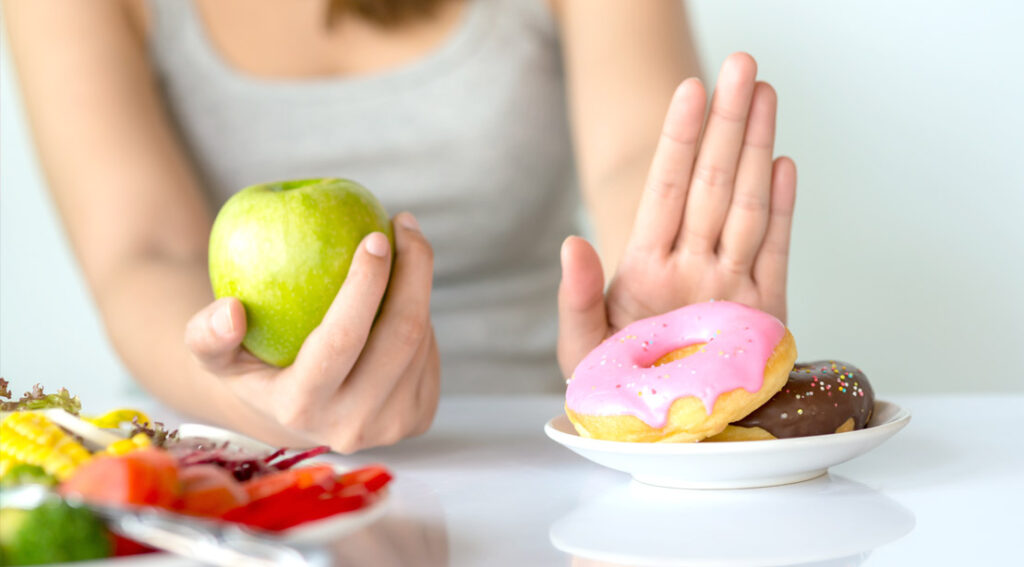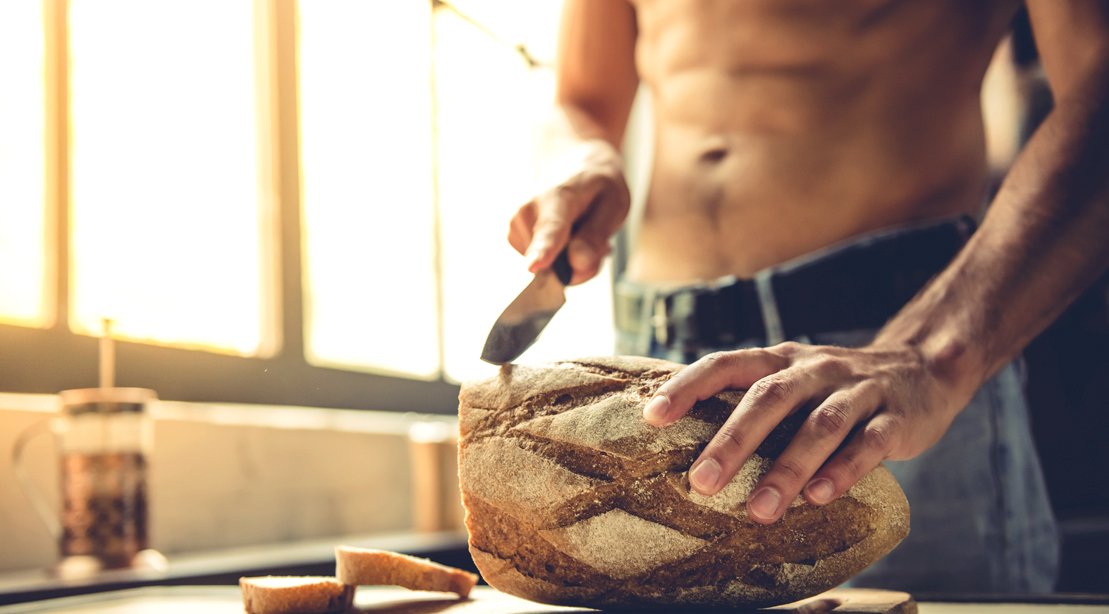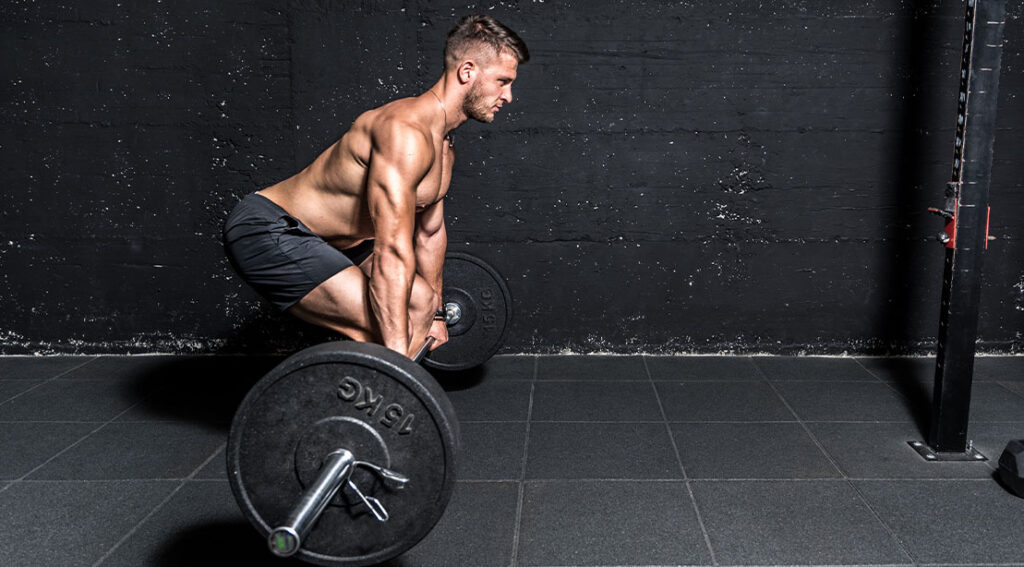If you’ve hit menopause and feel like your workouts aren’t working anymore, you’re not alone. Exercises that used to feel easy now feel harder, energy dips faster, and fat especially around the belly seems stubborn.
This is where a menopause dietitian can help you understand your body’s changing needs and create a plan that works for your life. With the right menopause nutrition, you can keep blood sugar steady, boost energy, recover faster, and start seeing results again.
What Happens in Menopause?
Menopause is the natural end of a woman’s periods, confirmed after 12 months without a cycle. It usually happens between ages 45 and 56, with an average age of 51. During this time, the ovaries gradually stop producing hormones like estrogen and inhibin, which causes periods to become irregular in the years leading up to menopause — a stage called perimenopause. [1]
At first, periods may come closer together, then farther apart, and eventually stop completely. Even though estrogen levels decline, the body still produces small amounts from other sources, so some women experience only mild symptoms.
Menopause can affect many parts of the body, leading to hot flashes, sleep problems, vaginal changes, mood shifts, and bone health concerns. It’s a natural part of aging that marks the end of a woman’s reproductive years.
What’s The Connection of Menopause and Nutrition?
When estrogen levels drop during menopause, metabolism naturally slows. Estrogen normally helps regulate blood sugar, burn fat, and maintain muscle. Without it, fat – especially around the belly – becomes harder to lose, and muscle is harder to maintain. This pattern, called visceral obesity, raises the risk of heart disease, diabetes, and metabolic syndrome, which affects roughly 20–25% of adults aged 50–60.
Visceral fat is especially harmful because it releases inflammatory chemicals that disrupt metabolism. Women with PCOS, early obesity, or other metabolic issues are more likely to develop insulin resistance, making fat loss even harder. [2]
Lower estrogen also affects how the body responds to exercise – a concept called training sensitivity. [3] When insulin sensitivity drops, muscles don’t absorb sugar as efficiently, and more of it gets stored as fat. That’s why progress can feel slower, even with regular workouts.
The good news: lifestyle habits can reverse much of this. Resistance training, cardio, eating enough protein, managing carbs, and staying hydrated all improve insulin function and metabolism. Over time, these consistent habits help reduce fat, preserve muscle, and boost long-term health, even if results take time to show.
What is a Low-Glycemic Diet?
A low-glycemic diet focuses on eating foods that raise blood sugar slowly rather than causing sharp spikes. The speed at which carbohydrates in a food raise blood glucose is measured by the Glycemic Index (GI). [4] Foods are ranked from 0 to 100 based on how they affect blood sugar compared to pure glucose or white bread. The GI is often paired with Glycemic Load (GL), which also considers the amount of carbohydrates in a serving. This is important because even a low-GI food can raise blood sugar if eaten in large quantities.
- High-GI foods (>70): Raise blood sugar quickly (e.g., white bread, potatoes).
- Medium-GI foods (56–69): Cause moderate increases (e.g., brown rice, corn).
- Low-GI foods (<55): Raise blood sugar slowly (e.g., beans, lentils, most vegetables).
What Foods Should I Eat for Menopause?
Some diets may work better for your body, but that doesn’t mean you need to completely cut out
other foods.
Fiber and Starch
When we talk about fiber, we often think of vegetables, legumes, and whole grains. Many of these foods are also starchy, and the type of starch matters, especially during menopause.
There are three main types:
Rapidly Digestible Starch (RDS) — Within 20 minutes
RDS is broken down into glucose quickly, usually within 20 minutes of digestion. It causes a fast rise in blood sugar and insulin levels. Foods cooked with moist heat, like bread, rice, and
potatoes, tend to have high amounts of RDS.
Slowly Digestible Starch (SDS) — More than 20 minutes
SDS takes more than 20 minutes to convert to glucose. It provides a slower, steadier energy release, helping maintain stable blood sugar levels. You can find SDS in whole grains, cooked and cooled starches, and some raw cereal starches.
Resistant Starch (RS) — More than 120 minutes
RS resists digestion even after 120 minutes and passes into the large intestine. There, it’s fermented by gut bacteria, producing short-chain fatty acids that support gut and metabolic health. Because of this, RS acts much like dietary fiber, helping with digestion and blood sugar control. [5]
Protein
Protein does more than maintain muscle. It also helps control blood sugar and supports recovery after exercise. For women going through or past menopause, getting enough protein becomes even more important since muscle mass naturally declines with age.
Studies show that higher protein intake above the standard RDA of 0.8 grams per kilogram of body weight per day is linked to lower body fat, better muscle strength, and improved lean mass in post-menopausal women. Experts often suggest aiming for around 1.1 to 1.3 grams per kilogram per day, depending on activity level and overall health.
Many women still don’t get enough. Surveys show that about 8% of women fall below the recommended intake, which can lead to weaker muscles and slower recovery. [6]
Good protein sources include lean meats, fish, eggs, dairy, tofu, tempeh, and legumes. Try including a source of protein with every meal.
Healthy Fats
Fat often gets a bad reputation, but healthy fats, like omega-3s from fish, nuts, and seeds, and monounsaturated fats from olive oil and avocados, help reduce inflammation, support hormones, and protect heart health.
For decades, people were told to eat as little fat as possible, but research now shows that the type of fat matters more than the total amount. Diets that include moderate fat intake – around 20–35% of total calories – are considered healthy, as long as most fats come from unsaturated sources.
Saturated fats, found in red meat and full-fat dairy, should still be limited to less than 10% of total calories, since they can raise LDL (“bad”) cholesterol. Trans fats, often found in fried or processed foods, should be avoided completely, as they increase heart disease risk.
Replacing saturated and trans fats with polyunsaturated and monounsaturated fats can lower the risk of cardiovascular disease and improve overall metabolic health. [7]
Other Factors to Consider
It’s not just what you eat but how it’s prepared and processed that matters.
Cooking methods like boiling, steaming, and cooling foods such as rice or potatoes can lower their glycemic impact, while frying or roasting tends to make them more rapidly digestible.
Adding a bit of acidity, like lemon juice or vinegar, can also help slow digestion and prevent sharp blood sugar spikes. Even small details, such as the grain variety or how finely foods are ground, can change how quickly your body breaks them down and absorbs glucose. [8]
How Should I Fuel My Workouts for the Best Results?
Have a small, balanced snack 60 to 90 minutes before exercising, like an apple with nuts or a low-sugar pre-workout drink. Avoid high-sugar foods that cause quick spikes and crashes.
After your workout, take advantage of the anabolic window, which is your body’s prime time to refuel. Get protein to rebuild muscles and complex carbs to restore energy without spiking blood sugar. A smoothie with protein powder and oats, or an omelet with whole-grain toast, are great options.
Hydration is just as important. Water and electrolytes like sodium, potassium, and magnesium keep your muscles, nerves, and energy systems running smoothly. Aim for about 33 mL of water per kg of body weight daily. [9] Drink before, during, and after workouts, and if you sweat a lot, reach for an electrolyte drink to replace what you’ve lost.
Taking Control with Expert Guidance
This article offers research-backed tips, but there’s no one-size-fits-all plan. Every woman experiences menopause differently, and what works for one might not work for another. That’s why generic wellness advice can feel frustrating.
Instead of a generic diet, focus on nutrition for menopause, it helps balance hormones, boost energy, and make your workouts more effective. Getting expert advice from menopause nutritionists can help you create a plan that fits your body and lifestyle.
In the end, it’s about balance, staying consistent with your workouts, and fueling your body with what it truly needs. Menopause changes how your body responds, but with the right approach, you can rebuild strength, feel energized, and get back to feeling like yourself.
REFERENCES:
- Peacock, K., Carlson, K., & Ketvertis, K. M. (2023, December 21). Menopause. In StatPearls [Internet]. StatPearls Publishing. https://www.ncbi.nlm.nih.gov/books/NBK507826/
- Genazzani, A. D., Petrillo, T., Semprini, E., Aio, C., Foschi, M., Ambrosetti, F., Sponzilli, A., Ricciardiello, F., & Battipaglia, C. (2023). Metabolic syndrome, insulin resistance and
– menopause: The changes in body structure and the therapeutic approach. Gynecological and Reproductive Endocrinology & Metabolism, 4(2), 86–91. https://doi.org/10.53260/grem.234026 - Centers for Disease Control and Prevention. (2024, May 15). About insulin resistance and type 2 diabetes. U.S. Department of Health & Human Services. https://www.cdc.gov/diabetes/about/insulin resistance-type-2-diabetes.html
- Augustin, L. S. A., Kendall, C. W. C., Jenkins, D. J. A., Willett, W. C., Astrup, A., Barclay, A. W., Björck, I., Brand-Miller, J. C., Brighenti, F., Buyken, A. E., Ceriello, A., La Vecchia, C., Livesey, G., Liu, S., Riccardi, G., Rizkalla, S. W., Sievenpiper, J. L., Trichopoulou, A., Wolever, T. M. S., Baer-Sinnott, S., & Poli, A. (2015). Glycemic index, glycemic load and glycemic response: An International Scientific Consensus Summit from the International Carbohydrate Quality Consortium (ICQC). Nutrition, Metabolism and Cardiovascular Diseases, 25(9), 795–815. https://doi.org/10.1016/j.numecd.2015.05.005
- Kim, M. K., Park, J., & Kim, D.-M. (2024). Resistant starch and type 2 diabetes mellitus: Clinical perspective. Journal of Diabetes Investigation, 15(4), 395–401. https://doi.org/10.1111/jdi.14139
- Black, K. E., & Matkin-Hussey, P. (2024). The impact of protein in post-menopausal women on muscle mass and strength: A narrative review. Physiologia, 4(3), 266–285. https://doi.org/10.3390/physiologia4030016
- Liu, A. G., Ford, N. A., Hu, F. B., Zelman, K. M., Mozaffarian, D., & Kris-Etherton, P. M. (2017). A healthy approach to dietary fats: Understanding the science and taking action to reduce consumer confusion. Nutrition Journal, 16, 53. https://doi.org/10.1186/s12937- 017-0271-4
- Eleazu, C. O. (2016). The concept of low glycemic index and glycemic load foods as panacea for type 2 diabetes mellitus: Prospects, challenges and solutions. African Health Sciences, 16(2), 468–479. https://doi.org/10.4314/ahs.v16i2.15
- Erdélyi, A., Pálfi, E., Tűű, L., Nas, K., Szűcs, Z., Török, M., Jakab, A., & Várbíró, S. (2023). The importance of nutrition in menopause and perimenopause—A review. Nutrients, 16(1), 27. https://doi.org/10.3390/nu16010027

